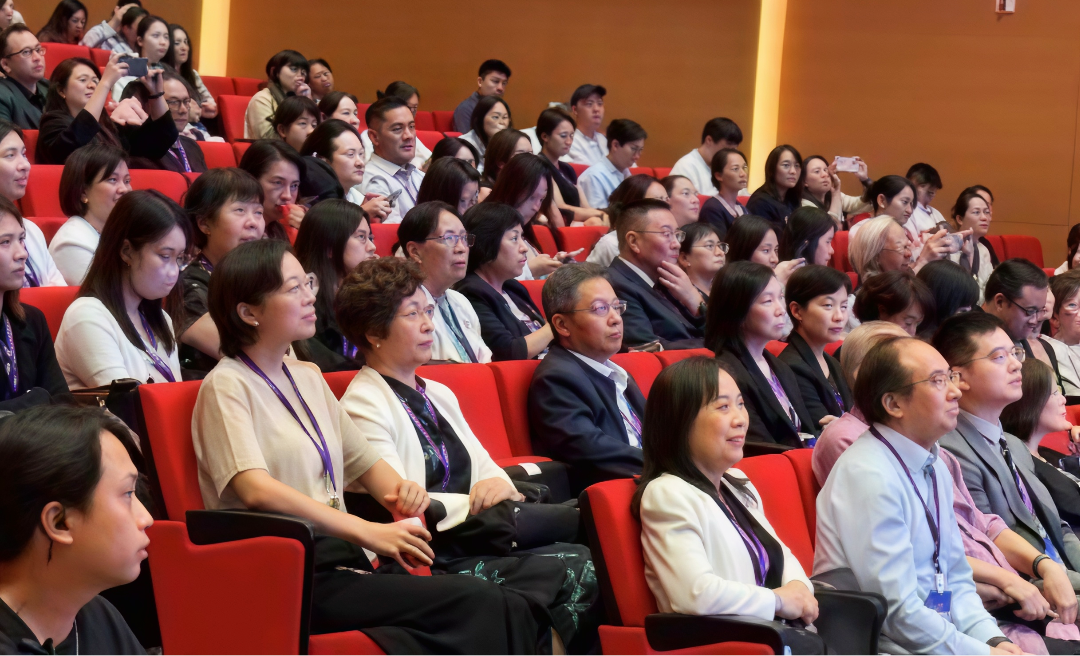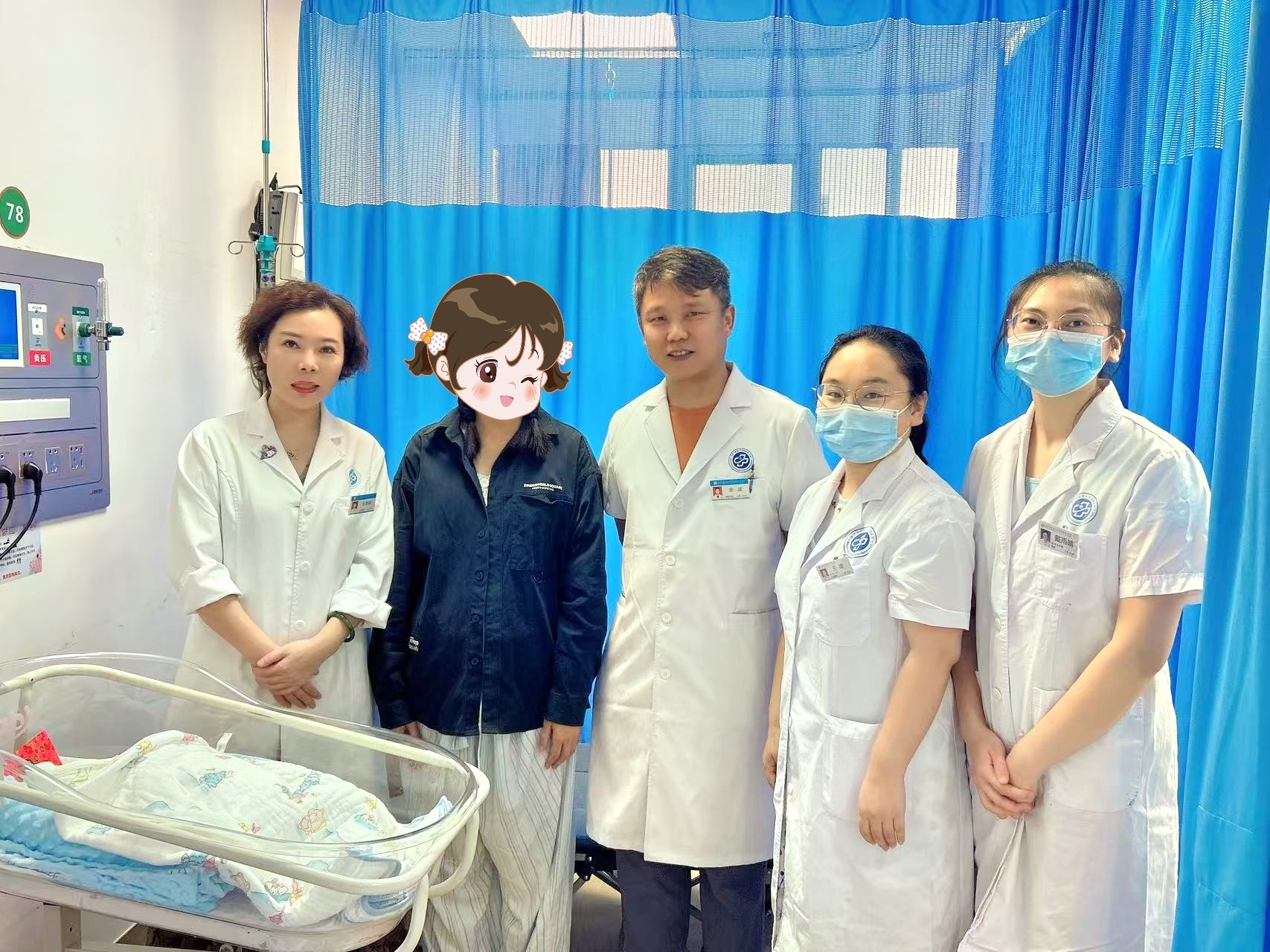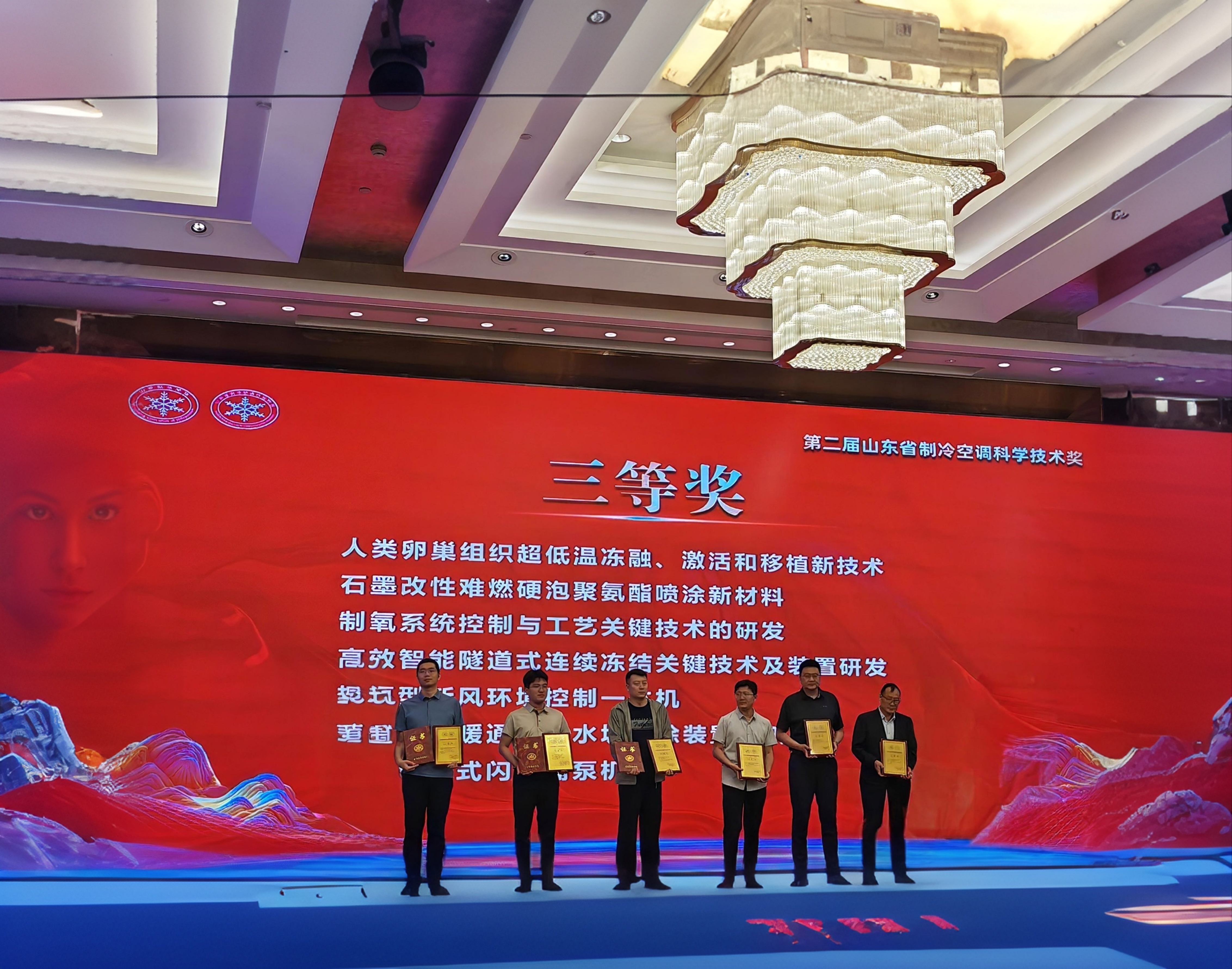FDA's Groundbreaking Reform: Will AI Gradually Replace Animal Testing? Where Is the Future of Drug Safety Evaluation Heading?
Release time:
2025-06-12
A policy adjustment by the US FDA has stirred up quite a storm in the pharmaceutical R & D industry. Recently, the FDA announced that in the development of drugs such as monoclonal antibodies, it will gradually reduce, optimize, or replace animal testing, and instead rely on AI - based toxicity models, cell lines, and organoid tests. The simultaneously released "Roadmap for Reducing Animal Testing in Pre - clinical Safety Studies" further outlines a strategic vision for gradually moving away from dependence on animals. This reform, aimed at improving efficiency, reducing costs, and minimizing animal use, has drawn wide - spread attention: Where exactly is the future of drug safety evaluation headed? Will animal testing be completely replaced? Wang Quanjun, the Director of the Specialized Committee on Drug Toxicology and Safety Evaluation of the Chinese Society of Toxicology and the Chief Scientist of Saifu Pharmaceuticals, believes that the answer is not a simple "replacement" but rather "co - evolution".

I. Historical Warnings: Animal Testing Is an Indispensable "Safety Rivet"
Looking back at the history of drug R & D, animal testing has made great contributions to ensuring the safety of human drug use. It undertakes the core function of verifying drug safety and is a crucial "safety rivet" before drugs enter the human body.
The Tragedy of "Sulfanilamide Elixir": In 1937, the sulfanilamide elixir that was not tested on animals led to the death of 107 people and renal failure in more than 300 others. This directly led to the enactment of the US "Federal Food, Drug, and Cosmetic Act", which established animal toxicity testing as a legal requirement for new drug marketing.
The "Thalidomide" Tragedy: From 1959 to 1962, the thalidomide incident caused tens of thousands of "seal - limb" deformed infants around the world. One of the root causes was the lack of rigorous animal testing. This prompted the introduction of the "Kefauver - Harris Amendment", which strictly stipulated the necessity of pre - clinical animal toxicology tests.
To this day, scientifically standardized animal testing remains the cornerstone for predicting human toxicity risks, reducing drug - related harm events, and ensuring the safety of innovative drugs. Especially when human trials of some special drugs (such as drugs for dealing with CBRN threats) are not feasible, the data from animal testing are the core basis for regulatory decisions.
II. Real - World Challenges and Breakthroughs: New Methodologies "Fill in the Gaps" to Improve Prediction Accuracy
However, animal models are not omnipotent. Species differences lead to blind spots in predicting some human responses (such as certain rare toxicities, phospholipidosis, vasculitis, and mitochondrial toxicity). As the difficulty of drug R & D increases significantly, the requirements for pre - clinical prediction levels are also rising.
At this time, new methodologies such as organoids, organ - on - a - chip, and AI show strong "gap - filling" capabilities and form a synergistic model of "enhanced complementarity" with animal testing:
Organoids: They can simulate the tissue characteristics of patients and improve personalized prediction. For example, the platform of a Tsinghua University team can predict the drug sensitivity of cancer patients with an accuracy of 81%.
Organ - on - a - Chip: It can simulate the physiological connection of multiple organs and monitor cross - organ toxicity in real - time (such as the liver - intestine - kidney chip system), and predict liver toxicity more accurately.
AI: It integrates multi - source data to build precise models.
Improving Prediction Ability: For example, Emulate Company combined lung - on - a - chip with AI and successfully predicted the risk of immune storms in COVID - 19 vaccines.
Optimizing Animal Testing: AI analyzes a large amount of data, which can reduce the prediction error of PK/PD, identify species difference patterns, and guide the design of more targeted animal testing protocols.
Wang Quanjun emphasizes that these new methodologies currently cannot completely replace the "gold - standard" value of animal testing in the overall evaluation of complex biological systems.
III. Future Path: Co - evolution to Build a "Three - Stage" Efficient and Safe System
Animal testing and new methodologies are not in a "zero - sum game". Wang Quanjun proposes that they should co - evolve to jointly build a new, more efficient, precise, and ethical paradigm for drug safety evaluation:
Model Upgrades Driven by Integration
Gene - editing technologies (such as CRISPR - Cas9) promote the transformation of animal models towards "humanized" systematic bionic construction.
Technologies such as single - cell sequencing can analyze the mechanism of drug action in real - time, improving the precision of research.
The integration of AI and multi - omics empowers animal testing to achieve precise prediction and dynamic regulation.
Resource Optimization through a Modular System
Following the 3R principles (Replacement, Reduction, Refinement), a stepped verification system is established:
Initial Screening Stage: High - throughput organoids, organ - on - a - chip, or zebrafish embryo tests (FET) are used for rapid screening to eliminate high - risk compounds (for example, Hengrui Medicine uses liver - on - a - chip for the initial screening of immune checkpoint inhibitors).
Confirmation Stage: For the risks indicated in the initial screening, targeted and efficient systematic toxicity and immune response verifications are carried out in transgenic or humanized animal models.
Optimization Stage: AI models analyze data to optimize the experimental design in reverse, focus on high - risk indicators, and improve the efficiency and prediction accuracy of animal testing.
Remarkable Results: The FDA pilot project shows that this "organoid initial screening + primate verification + AI simulation" model can shorten the pre - clinical R & D cycle by 25% and reduce ethical disputes by 42%.
Intelligent Collaboration between Ethics and Regulation
Technical Guarantee: Implantable micro - biosensors are used to monitor physiological indicators in real - time, reducing invasive operations and dissections.
Intelligent Regulation: AI - based ethical review systems (such as those developed by the European Medicines Agency) analyze historical data to intelligently evaluate the necessity of animal testing and reduce ethical disputes.
The policy shift of the FDA marks a new era for drug safety evaluation. Wang Quanjun summarizes that the permanent value of animal testing lies in its "ultimate verification" of complex physiological systems, while new methodologies fill the prediction blind spots with their advantages of precision, efficiency, and personalization. The co - evolution of the two will drive drug R & D to transform from "experience - driven" to "data - driven", jointly building a more powerful and intelligent "dynamic safety protection net" for human drug use, and achieving a win - win situation between scientific efficiency and ethical responsibility.
(Author: Wang Quanjun, Director of the Specialized Committee on Drug Toxicology and Safety Evaluation of the Chinese Society of Toxicology, Chief Scientist of Saifu Pharmaceuticals)
Latest developments
Over the two days, the symposium was not only a collision of ideas but also seeds sown to advance social progress in life culture. The Shandong Yinfeng Life Science Public Welfare Foundation will continue to use technology as wings and culture as roots, collaborating with all sectors of society to enhance the quality of life for the Chinese people and build a human-centered life care system.
According to recent announcements by the Jinan Municipal Bureau of Science and Technology, 11 outstanding achievements from Jinan have been included in the 2025 "Shandong Outstanding Achievements Report" project. Among them is the globally first-of-its-kind ovarian tissue dual-activation technology developed by Shandong Silver Med Life Science Research Institute (Jinan).
Recently, Frigid Zone Medicine, an authoritative international journal in the field of cryomedicine, published an important review titled "Advances in the Detection Methods for Assessing the Viability of Cryopreserved Samples". Written by the team of Yinfeng Cryomedical Research Center, the article systematically reviews and analyzes various detection techniques currently used to evaluate the viability of cryopreserved cells, tissues, and organs. It also proposes key directions from the perspectives of methodological integration and future instrument development, offering crucial theoretical support and practical guidance for the long - term cryopreservation of complex tissues and organs.
Recently, the "Novel Technology for Ultra-Low Temperature Cryopreservation, Activation, and Transplantation of Human Ovarian Tissue," developed through a collaborative effort between Shandong Yinfeng Life Science Research Institute and Beijing University of Chinese Medicine Shenzhen Hospital, has been awarded the 2025 Shandong Refrigeration and Air Conditioning Science and Technology Award. This groundbreaking technology pioneers a new pathway for female fertility preservation, marking a significant leap in China’s interdisciplinary advancements in reproductive medicine and cryobiology.
On May 19, a delegation from the Chinese Training Workshop for Government Officials of Developing Countries visited the exhibition hall of Yinfeng Biological Group's Cryomedicine Research Center. Government officials from multiple countries gained in-depth insights into Yinfeng’s innovative achievements in cryobiomedicine, cell storage, genetic technology, and other fields. They engaged in discussions with the delegation on technology transfer and international cooperation, contributing to the building of a global community with a shared future for humanity.












